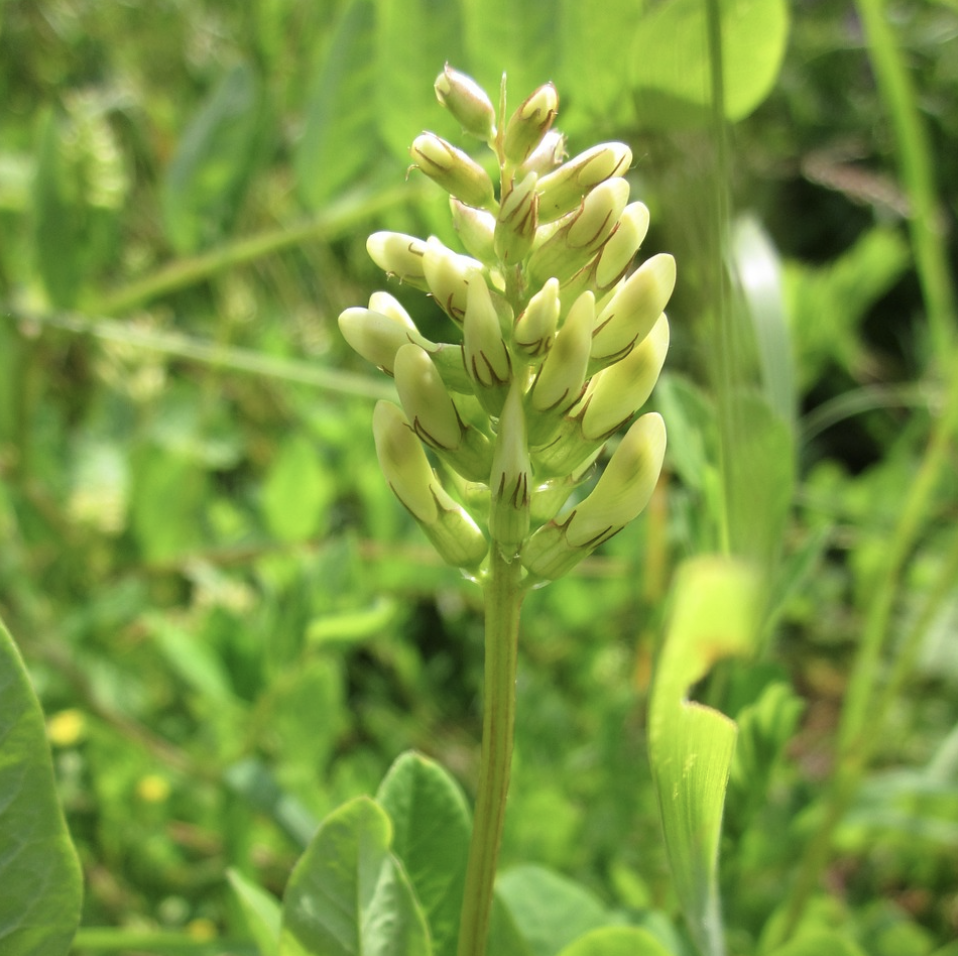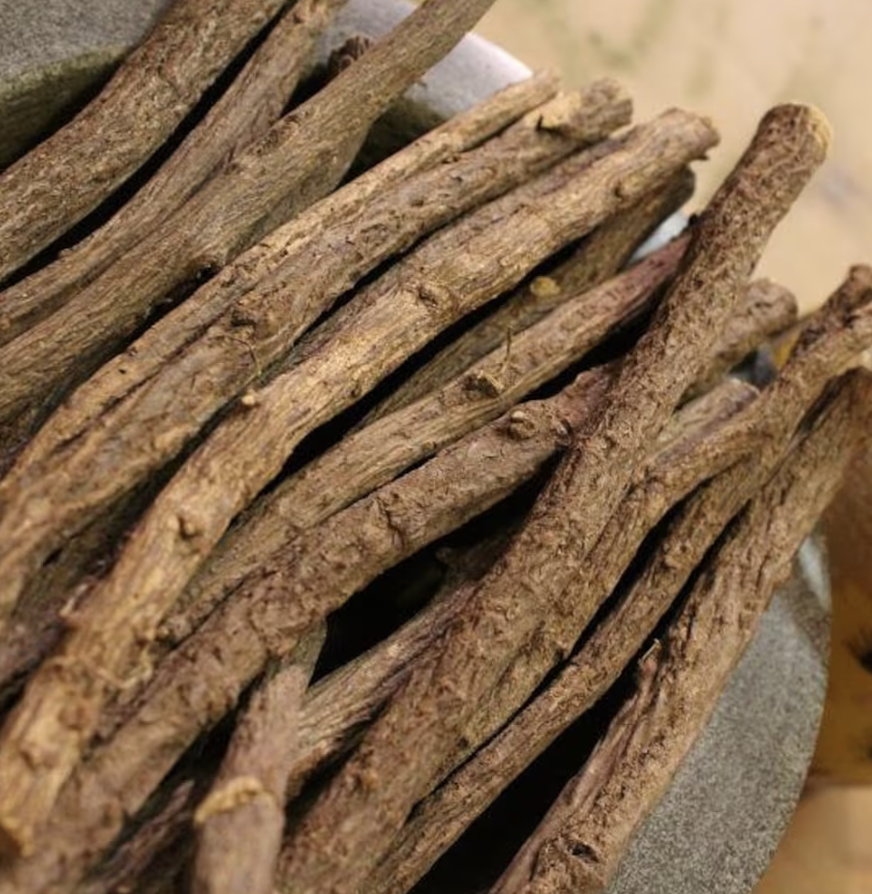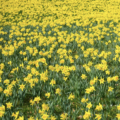Fun Facts for Gardeners on National Licorice Day
"The secret to licorice flavor and sweetness is hidden in the plant’s long roots and rhizomes."
Today is National Licorice Day.
The botanical name for licorice means “sweet root.”
In Dutch, it's zoethout (“Zoot-Howt”), which means “sweet wood.”
Licorice is fifty times sweeter than sugar.
The secret to licorice flavor and sweetness is hidden in the plant’s long roots and rhizomes.
Thus, children who grew up chewing on licorice root remember sucking the sweet sugars and spitting out the pulp.
The licorice plant is a perennial shrub in the legume or pea family.
Don’t confuse it with the annual trailing dusky licorice plant that gets popped in containers.
Here's a fun licorice fact:
The glycyrrhetinic acid in licorice causes a body to hold salt and water.
And so, throughout history, armies used licorice and gave it to soldiers and horses when water was in short supply.
Licorice is helpful as a medicinal, too.
Hippocrates used it to stop coughing, and Napoleon used it for tummy troubles since it regulates digestion.
This post was featured onThe Daily Gardener podcast:
helping gardeners find their roots,
one story at a time







